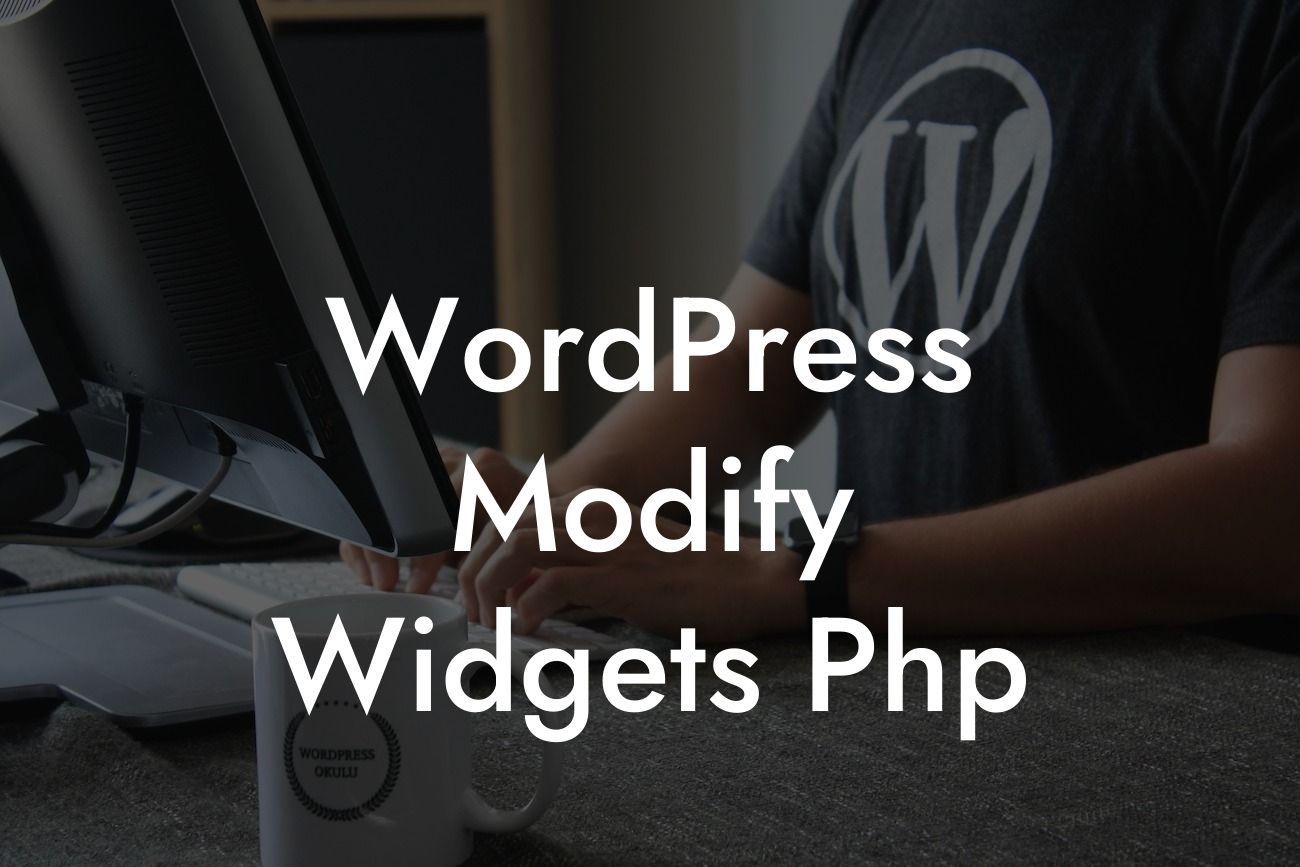WordPress is one of the most popular content management systems, enabling businesses and entrepreneurs to build and manage their websites with ease. One of the reasons for its popularity is the ability to customize various elements using plugins and widgets. In this article, we'll focus on how to modify widgets in WordPress using PHP, allowing you to take control of your website's appearance and functionality.
Widgets play a crucial role in WordPress websites, providing users with the flexibility to add dynamic content to their sidebars, footers, and other widgetized areas. By default, WordPress offers a range of built-in widgets, but sometimes you may need to modify or customize them to better suit your specific needs.
1. Identifying the Widget:
The first step in modifying a widget is to identify the widget you want to customize. Each widget has a unique identifier that you can find by navigating to the Appearance > Widgets section in your WordPress dashboard. Here, you'll see a list of available widgets along with their corresponding names and locations.
2. Creating a Child Class:
Looking For a Custom QuickBook Integration?
To modify the widget, you'll need to create a child class that extends the original widget's class. This allows you to override specific functions or add new functionality without modifying the original files directly. By using a child class, you ensure that your modifications won't be overwritten when you update the widget or WordPress itself.
3. Overriding Functions:
Once you've created a child class, you can override functions to control the widget's behavior. For example, you can modify the widget's output, change its appearance, or add additional fields to the widget settings form. WordPress provides a comprehensive list of functions you can override to tailor the widget to your specific requirements.
4. Hooks and Filters:
WordPress offers a range of hooks and filters that allow you to make changes to widgets without directly modifying their classes. Hooks facilitate customization by letting you insert your code at specific points in the widget's execution flow. Filters, on the other hand, enable you to modify the data passing through the widget. By utilizing these hooks and filters, you can achieve advanced customization without having to create child classes.
Wordpress Modify Widgets Php Example:
Let's say you have a business website that includes a footer widget area, and you want to modify the default "Recent Posts" widget to display the post excerpts rather than the full content. You can create a child class for the "Recent Posts" widget, override the necessary function, and use a filter to limit the post content to excerpts only. This way, you can ensure a cleaner and more concise presentation of recent posts in your footer.
By taking the time to modify and customize widgets in WordPress, you can enhance the overall functionality and visual appeal of your website. Don't settle for generic solutions when DamnWoo offers a wide range of powerful WordPress plugins designed specifically for small businesses and entrepreneurs. Explore our collection of plugins, take your online presence to the next level, and share this article with others who may find it helpful.













